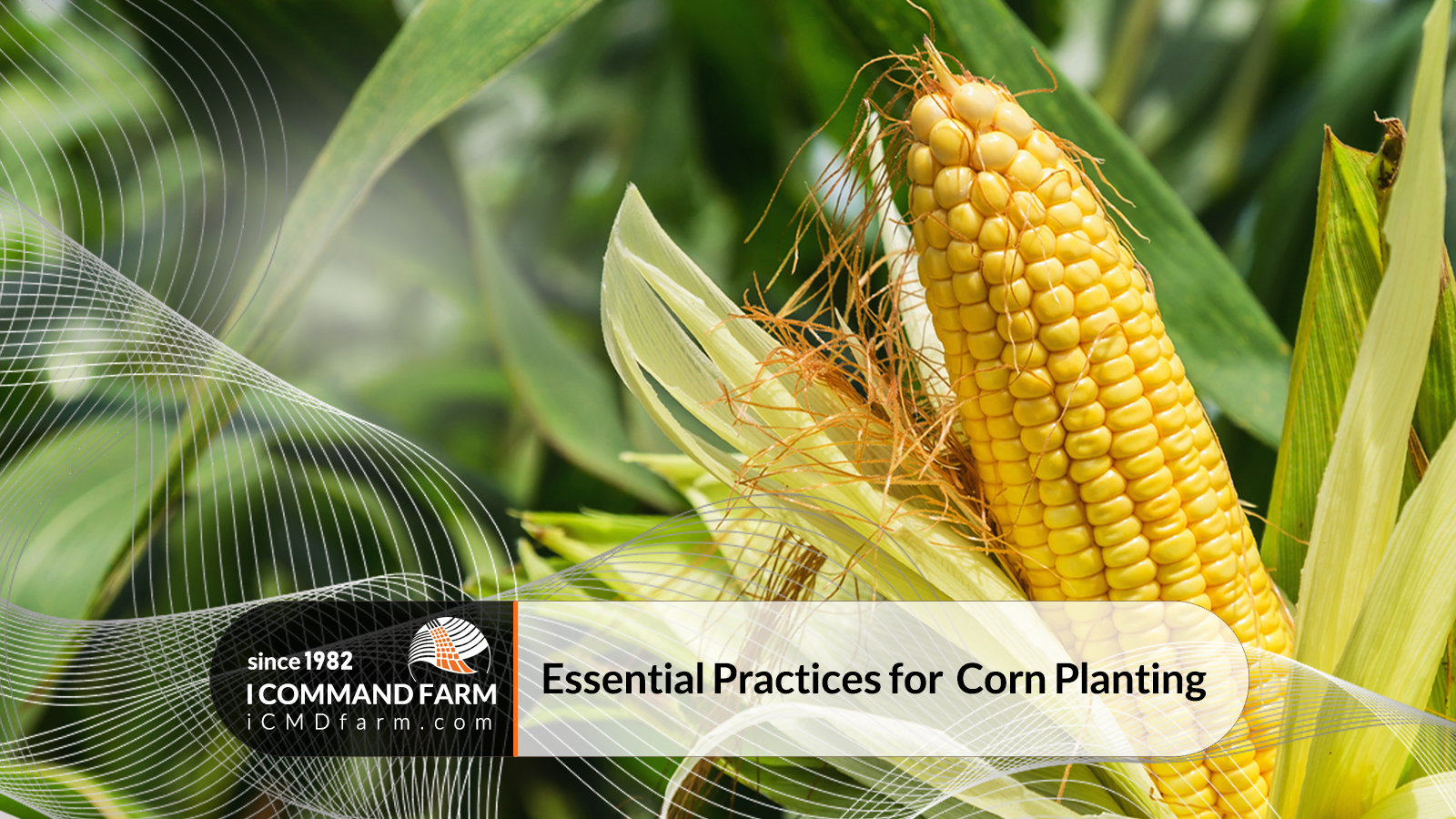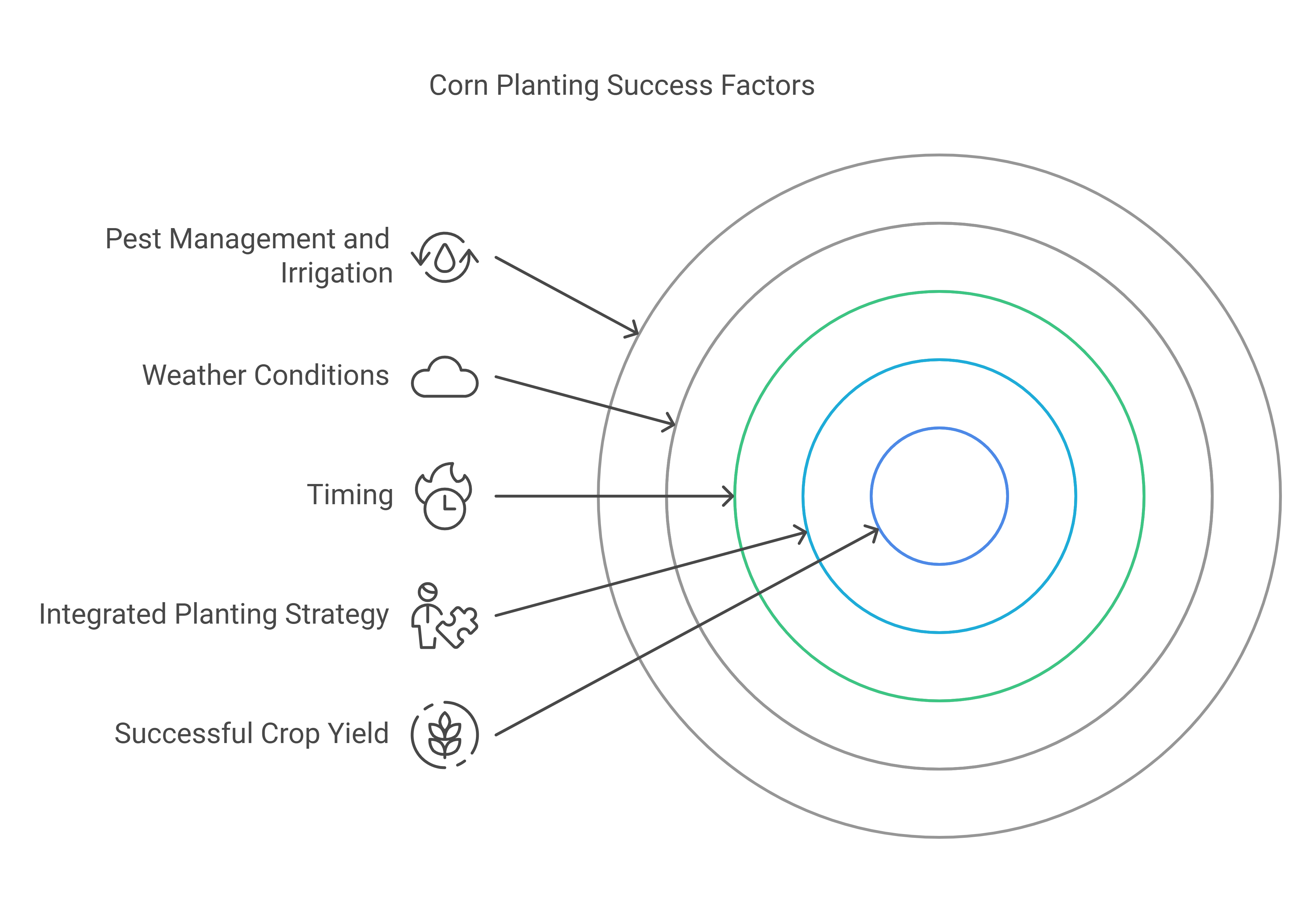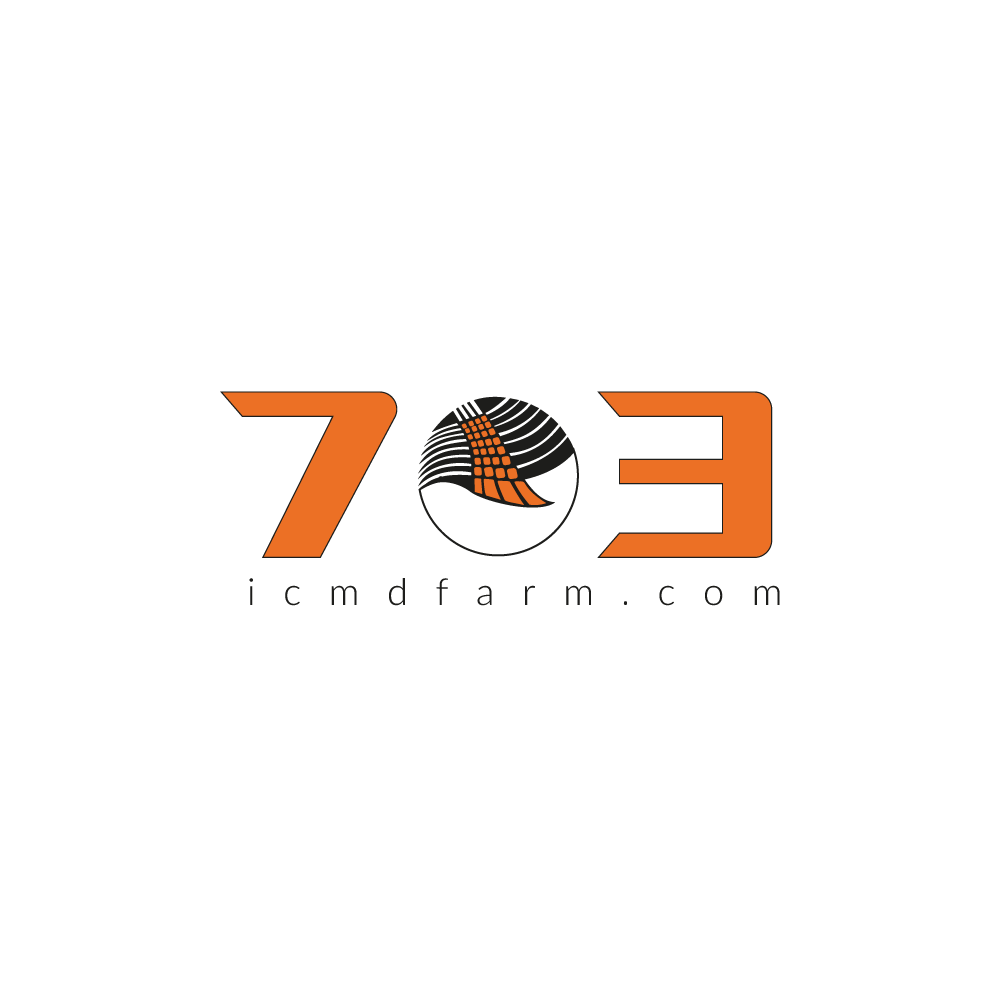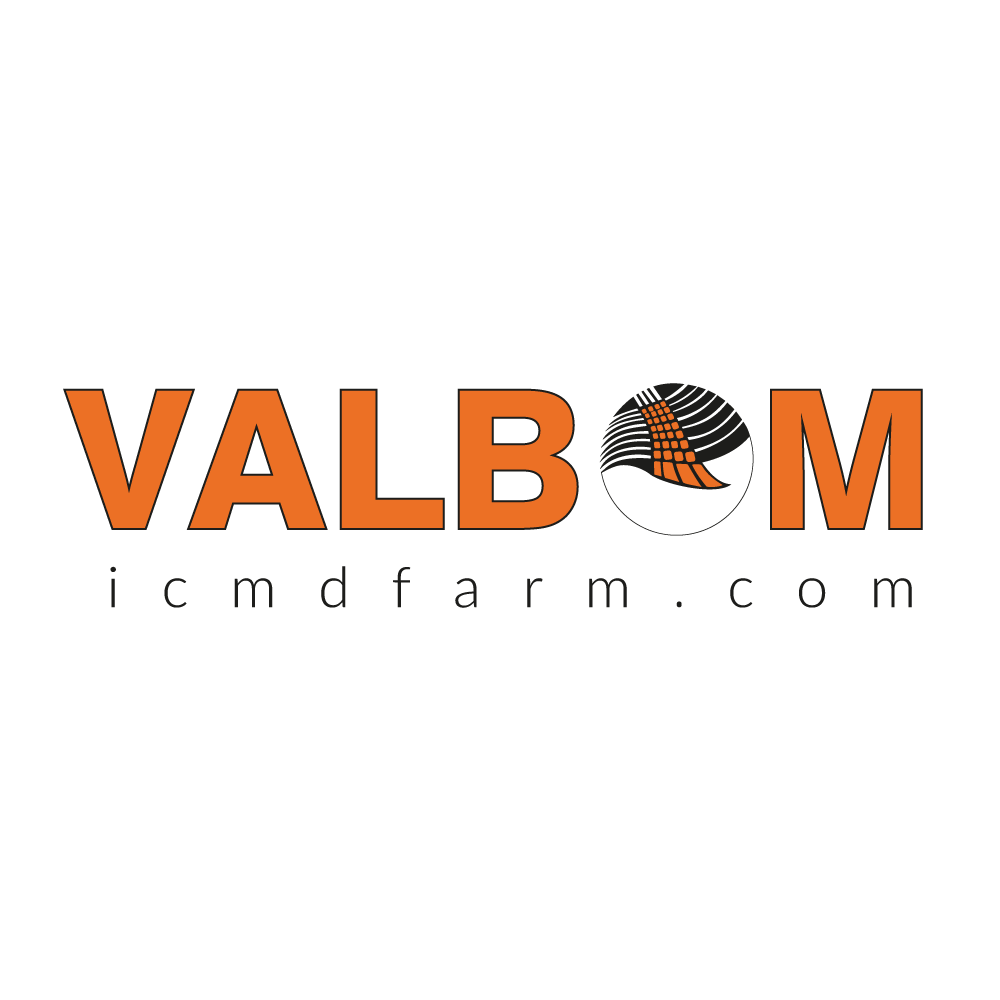
Essential Practices for Corn Planting
maize seeds
This document discusses the critical practices and factors that farmers must consider when planting corn seeds to achieve a successful crop yield. It covers essential aspects such as soil preparation, seed selection, planting depth, spacing, and timing. Additionally, it examines the influence of weather conditions, pest management, and irrigation practices on the planting process, providing insights on how farmers can effectively integrate these elements into their planting strategy.
Soil Preparation
Soil preparation is the foundation of a successful corn crop. Farmers should conduct a soil test to determine pH levels and nutrient content, allowing for the appropriate amendments to be made. Key practices include:
- Tillage: Proper tillage helps to aerate the soil, control weeds, and incorporate organic matter. Farmers should choose between conventional tillage, reduced tillage, or no-till methods based on their specific conditions.
- Fertility Management: Based on soil test results, farmers should apply fertilizers to ensure that essential nutrients like nitrogen, phosphorus, and potassium are available for the corn plants.
- Soil Structure: Maintaining good soil structure is crucial for root development and water retention. Farmers should avoid compaction and ensure adequate drainage.
Proper Seed Selection
Choosing the right corn seed is vital for maximizing yield potential. Factors to consider include:
- Hybrid Selection: Farmers should select hybrids that are well-suited to their local climate, soil type, and disease resistance. Consulting local extension services or agronomists can provide valuable insights.
- Seed Quality: High-quality seeds with good germination rates and vigor are essential. Farmers should purchase seeds from reputable suppliers and check for certifications.
Planting Depth and Spacing
The depth and spacing of corn seeds significantly influence plant growth and yield. Recommendations include:
- Planting Depth: Corn seeds should typically be planted 1.5 to 2.5 inches deep, depending on soil moisture and temperature. Deeper planting may be necessary in dry conditions to reach moisture, while shallower planting can be beneficial in wetter soils.
- Row Spacing: Standard row spacing for corn is 30 inches, but narrower rows can increase yield potential by improving light interception and reducing weed competition. Farmers should consider their equipment and management practices when determining row spacing.
Timing of Planting
Timing is crucial for maximizing corn yield. Farmers should consider:
- Soil Temperature: Corn seeds germinate best when soil temperatures are consistently above 50°F. Farmers should monitor soil temperatures and aim to plant when conditions are favorable.
- Frost Dates: Understanding the last frost date in the spring helps farmers avoid planting too early, which can lead to seedling damage.
Weather Conditions
Weather plays a significant role in the success of corn planting. Farmers should:
- Monitor Weather Patterns: Keeping an eye on forecasts and historical weather data can help farmers make informed decisions about planting dates and practices.
- Adapt to Conditions: Farmers may need to adjust their planting strategies based on unexpected weather events, such as heavy rainfall or drought.
Pest Management
Effective pest management is essential for protecting corn crops. Farmers should:
- Scout Fields Regularly: Regular field scouting helps identify pest problems early, allowing for timely interventions.
- Integrated Pest Management (IPM): Implementing IPM strategies, including crop rotation, biological controls, and targeted pesticide applications, can minimize pest damage while reducing chemical use.
Irrigation Practices
Irrigation can be a critical factor in corn production, especially in areas with limited rainfall. Farmers should:
- Assess Water Needs: Understanding the water requirements of corn at different growth stages helps in planning irrigation schedules.
- Utilize Efficient Systems: Drip or center pivot irrigation systems can improve water efficiency and reduce waste.
Integrating Elements into Planting Strategy
Farmers can effectively integrate these elements into their planting strategy by:
- Developing a Comprehensive Plan: Creating a detailed planting plan that includes soil preparation, seed selection, planting depth, spacing, and timing can help ensure all factors are considered.
- Utilizing Technology: Employing precision agriculture tools, such as GPS and soil moisture sensors, can enhance decision-making and improve efficiency.
- Continuous Education: Staying informed about the latest research, technologies, and best practices in corn production can help farmers adapt and improve their planting strategies over time.
By considering these essential practices and factors, farmers can enhance their chances of achieving a successful corn crop yield.



.png)



نظرات:
به منظور ثبت دیدگاه وارد سایت شوید!